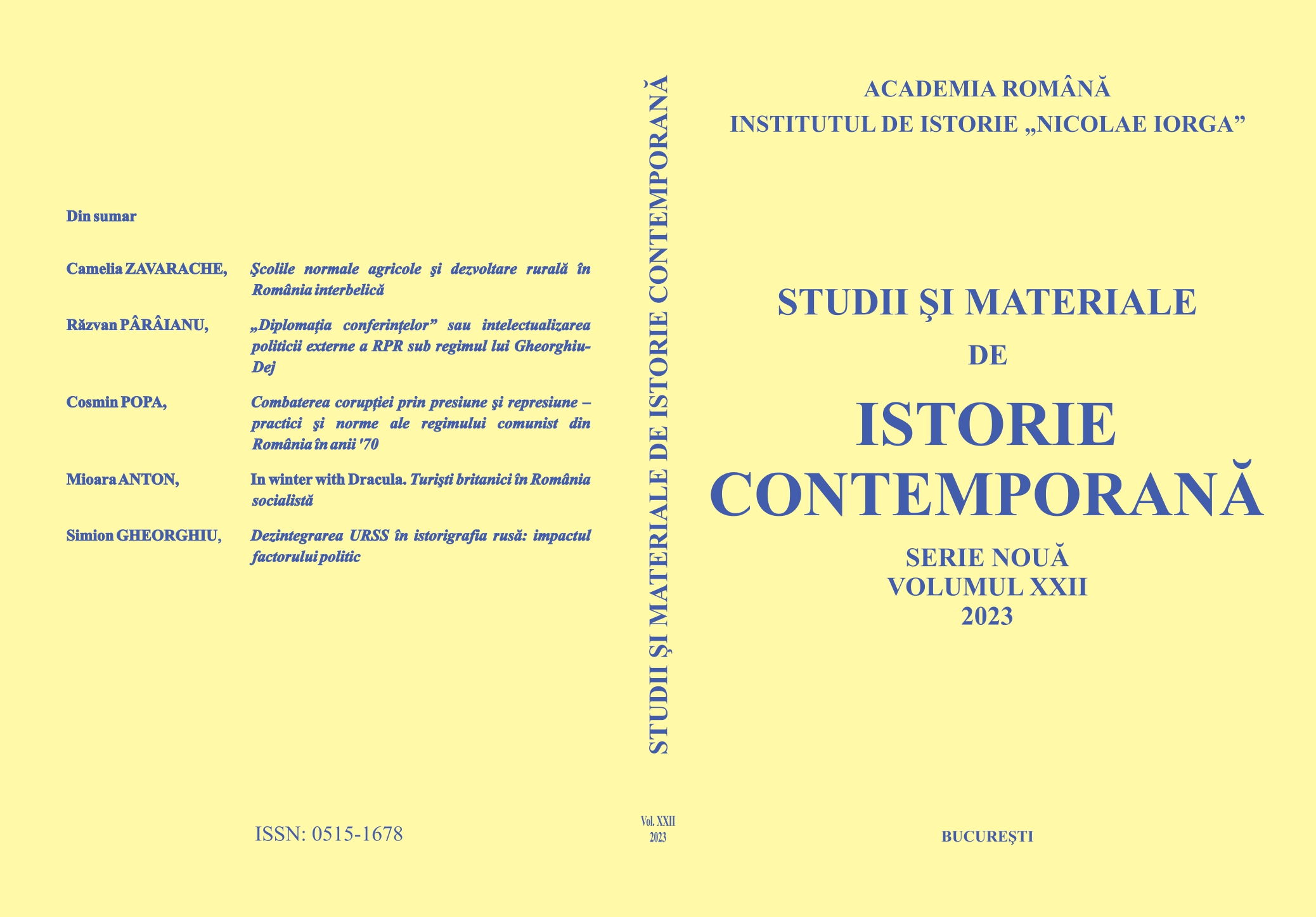Les régimes mémoriels postcommunistes et les monuments bucarestois
The Post-communist Memorial Regimes and the Bucharest monuments
Author(s): Claudia-Florentina DobreSubject(s): History, Anthropology, Social Sciences, Cultural history, Sociology, Local History / Microhistory, Oral history, Political history, Recent History (1900 till today), Culture and social structure , Sociology of Culture, Transformation Period (1990 - 2010), Present Times (2010 - today), Identity of Collectives
Published by: Institutul de Istorie Nicolae Iorga
Keywords: monuments; post-communism; anti-communism; neo-communists; heritage;
Summary/Abstract: „Crossroads images”, as Régine Robin called them, monuments are central to processes of appropriation or disavowal of the past, while preserving their status as symbols of identity for individuals, various groups, a city, and the nation. They are concrete images of the relation to the past of the community that builds and, sometimes, destroys them. They can also be vandalized when changes in society occur, especially during revolutions and coups d’état. After the fall of the communism, the fate of the monuments built during the old regime can be broken down into two contrasting categories: those illustrating communist ideological figures and symbols were dismantled; those representing national heroes, however, remained standing, becoming objects of new politics of memory. Furthermore, new personalities and symbols joined existing monuments as key individuals for post-communist national memory were commemorated: anticommunist fighters, members of the Romanian royal family, or interwar politicians. The accession to the European Union was also inscribed in Romania’s memorialization practices, as monuments dedicated to leading European figures have been erected.
Journal: Studii şi materiale de istorie contemporană (SMIC)
- Issue Year: 22/2023
- Issue No: 22
- Page Range: 161-180
- Page Count: 20
- Language: French
- Content File-PDF

